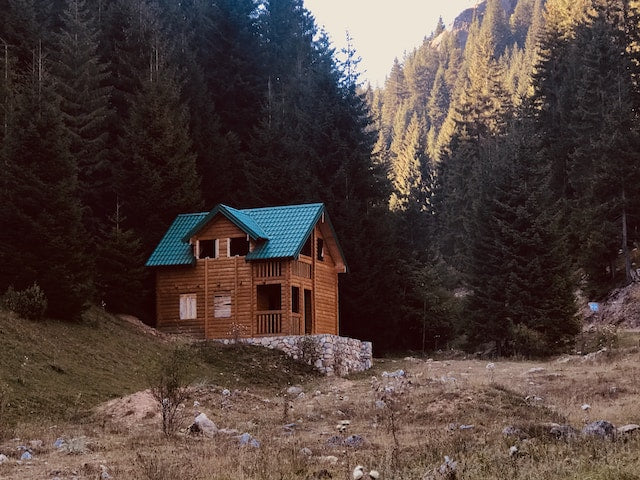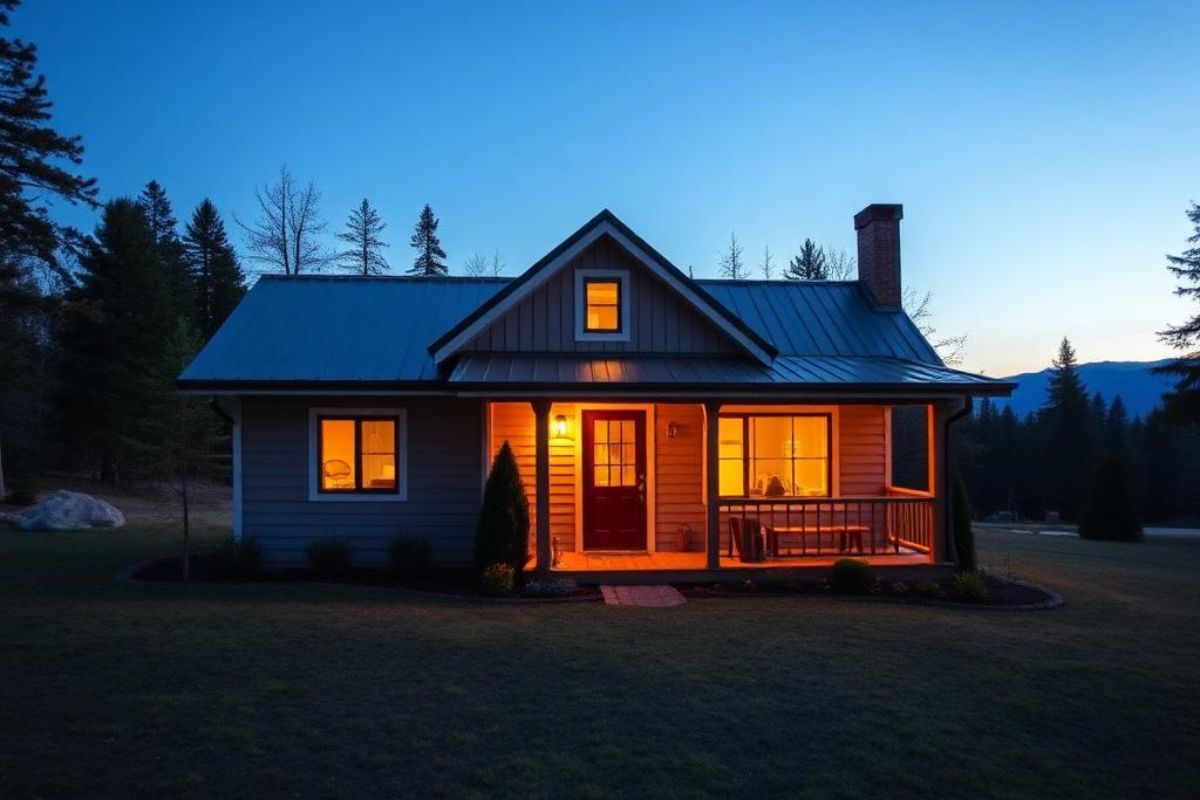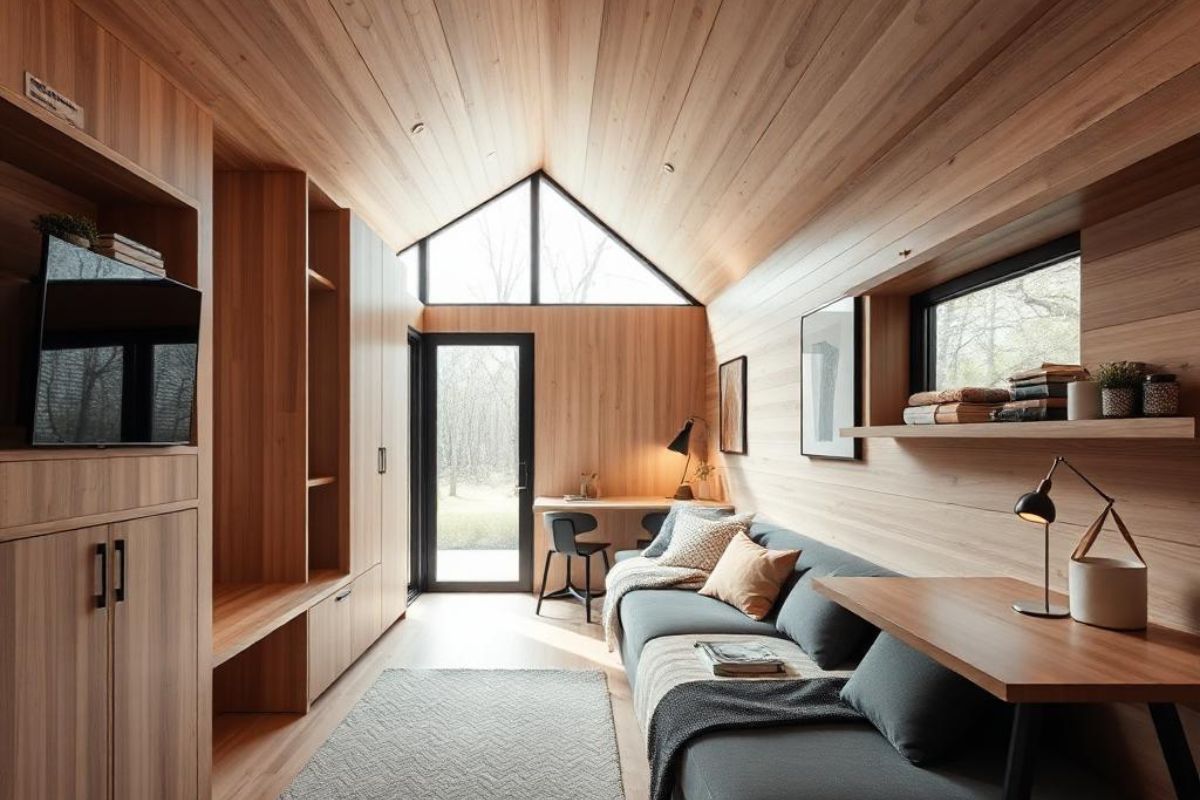Tiny home communities have surged in popularity in recent years, due to the draw of a minimalist lifestyle, affordability, and environmental consciousness. As these communities burgeon in different terrains, the value of incorporating retaining walls into their design becomes evident. Retaining walls, while often overlooked, serve various essential functions that enhance the usability and safety of tiny home communities.
1. Maximizing Usable Space
In the world of tiny homes, every square foot counts. Often, these communities are nestled in locations with undulating terrains or hilly areas. Retaining walls help in:
- Leveling the Ground: By holding back soil, retaining walls create flat platforms where homes can be securely placed. This is particularly important in tiny home communities, as consistent ground ensures stability and eases the setup process.
- Terracing Slopes: In hilly regions, retaining walls can be used to create terraced levels. This design allows multiple homes to be placed on a single slope, making the most of the available space without compromising on privacy or views.
2. Soil Erosion Control
Soil erosion can pose a significant threat to the stability of homes and the longevity of the landscape. Especially in areas with frequent rainfall, the risk is even more pronounced.
- Preventing Washouts: Retaining walls act as a barrier, keeping soil in place during heavy rains. This prevention ensures that the ground beneath the homes remains stable.
- Redirecting Water Flow: Properly designed retaining walls can direct water away from home sites and communal areas, minimizing potential water damage and flooding.
3. Aesthetic Enhancement
Beyond their functional use, retaining walls also play a role in beautifying the community. They offer:
- Design Variety: From stone to wood to timber sleepers, retaining walls come in various materials and designs that can be chosen to complement the overall aesthetic of the tiny home community.
- Landscaping Opportunities: The terraced levels created by retaining walls offer an opportunity for diverse landscaping. These spaces can be turned into communal gardens, private patios, or green spaces, enhancing the appeal of the community.
4. Creating Functional Zones
Retaining walls can be instrumental in demarcating areas within the community, aiding in organizing space and ensuring functionality.
- Separating Private and Communal Spaces: By elevating certain areas or creating barriers, retaining walls can help maintain privacy for homeowners while still providing communal zones for gatherings.
- Parking Solutions: In crowded communities, designating parking can be a challenge. Retaining walls can be used to create tiered parking areas, allowing residents to have access to their vehicles without encroaching on living spaces.
5. Enhancing Safety
Safety is a paramount concern in residential settings, and this holds true for tiny home communities as well.
- Stabilizing Slopes: Especially in areas prone to landslides or shifting terrains, retaining walls ensure that the soil stays put, reducing the risk of a landslide.
- Barrier Protection: In communities with children or pets, retaining walls can act as protective barriers, preventing accidental falls from elevated areas.
While retaining walls are pivotal in addressing fundamental needs like soil erosion and maximizing usable space in tiny home communities, their role extends beyond these functional uses.
As we delve deeper, it becomes evident that retaining walls can be utilized to further elevate the quality of life in these communities, making them more sustainable, communal, and adaptive to the changing needs of their inhabitants.
6. Energy Efficiency and Climate Control
Innovative designs and placement of retaining walls can greatly affect the microclimate of the tiny home community.
- Natural Insulation: Earth-sheltered homes, or homes built into the slope with the aid of retaining walls, benefit from the earth's insulating properties. These homes often require less energy for heating in the winter and cooling in the summer.
- Windbreaks: Strategically placed retaining walls can act as wind barriers, protecting homes from chilling winter winds or gusts that could potentially cause damage.

7. Enhancing Biodiversity
Retaining walls can be designed with niches, pockets, or built-in planters that allow for vegetation.
- Vertical Gardens: These walls can be turned into vertical gardens, offering a space for local flora to thrive, which in turn attracts beneficial fauna.
- Native Plants: By incorporating local plants into the design, retaining walls can help restore the native ecosystem, promoting local biodiversity and providing habitats for various species.
8. Integrating Sustainable Water Management
Water is a precious resource, and retaining walls can play a part in sustainable water management.
- Rainwater Harvesting: Slopes controlled by retaining walls can be designed to direct rainwater towards collection points, storing it for later use in the community.
- Reducing Runoff: Retaining walls can decrease the speed and volume of runoff, allowing water to seep into the ground, recharging local aquifers and preventing the wastage of rainwater.
9. Sound Barriers and Privacy Enhancements
In closer-knit communities, sound and privacy can be concerns.
- Sound Absorption: Retaining walls, especially when made with certain materials or designs, can absorb and deflect sound, ensuring that each home remains a serene space.
- Heightened Privacy: The elevation difference created by retaining walls can naturally obstruct direct lines of sight, enhancing the privacy of each unit without the need for additional walls or fences.
10. Economic Benefits
The inclusion of retaining walls can add an economic dimension to their functional utility.
- Increase in Property Value: A well-designed and landscaped community with retaining walls often witnesses an increase in property value due to enhanced safety and aesthetics.
- Cost Savings: Over time, the protection against soil erosion, reduced need for external heating or cooling, and sustainable water management can lead to significant savings for the community.
11. Flexibility and Future Expansion
As communities grow or needs change, retaining walls offer flexibility.
- Modular Expansion: Retaining walls can be designed to accommodate future expansion, ensuring that the community can adapt without a complete overhaul.
- Versatile Design: With advancements in materials and designs, these walls can be easily modified, reshaped, or expanded upon, making them ideal for evolving communities.
Conclusion
Retaining walls, while primarily thought of as a tool for managing terrain, offer myriad benefits to tiny home communities. They act as guardians against the forces of nature, ensuring that the homes and their inhabitants remain safe.
Beyond that, they help to maximize space, enhance aesthetics, and even offer opportunities for community-building. As the tiny home movement continues to evolve, it's clear that innovative uses of tools like retaining walls will play a pivotal role in shaping the communities of tomorrow.






Share: